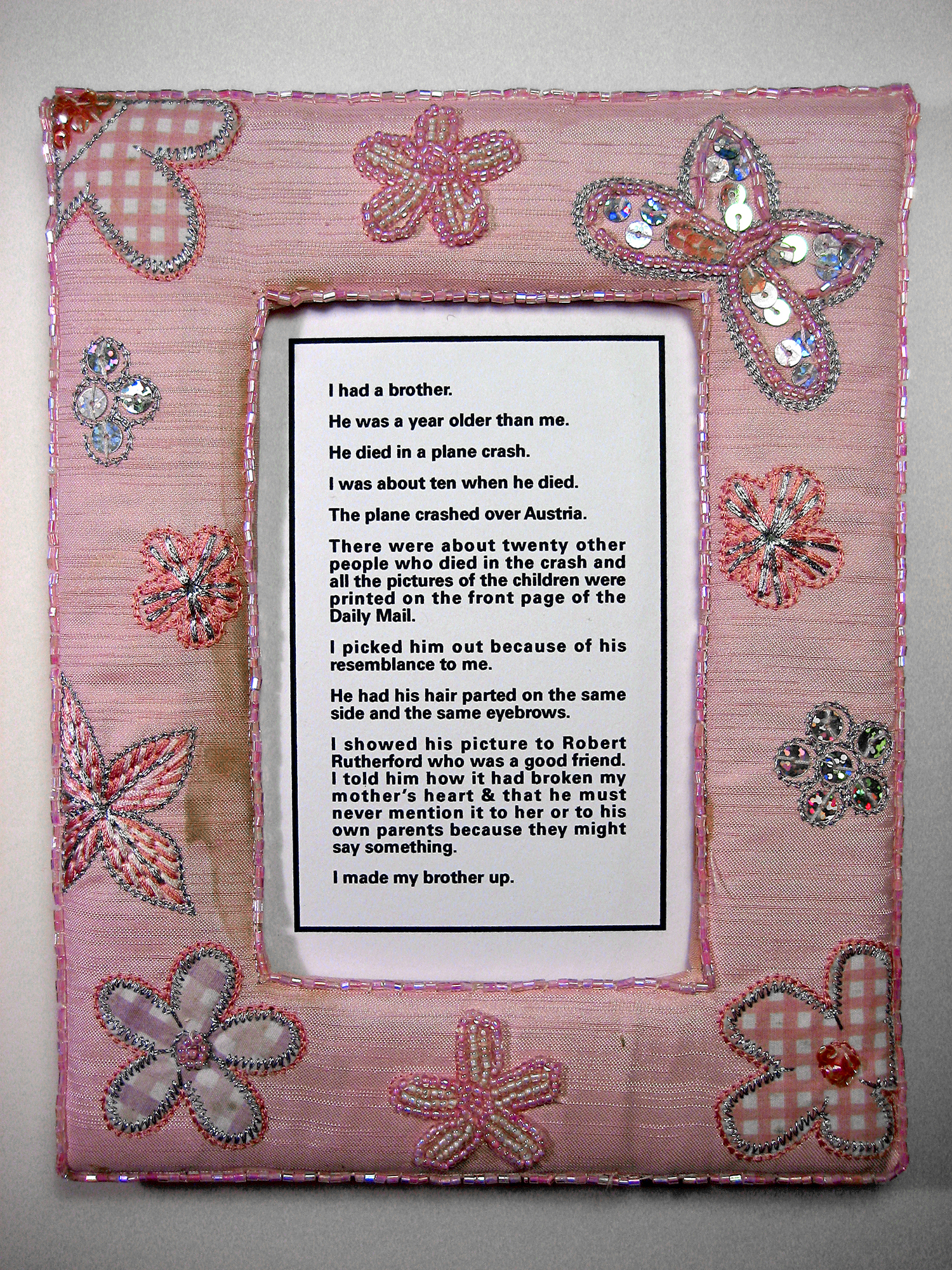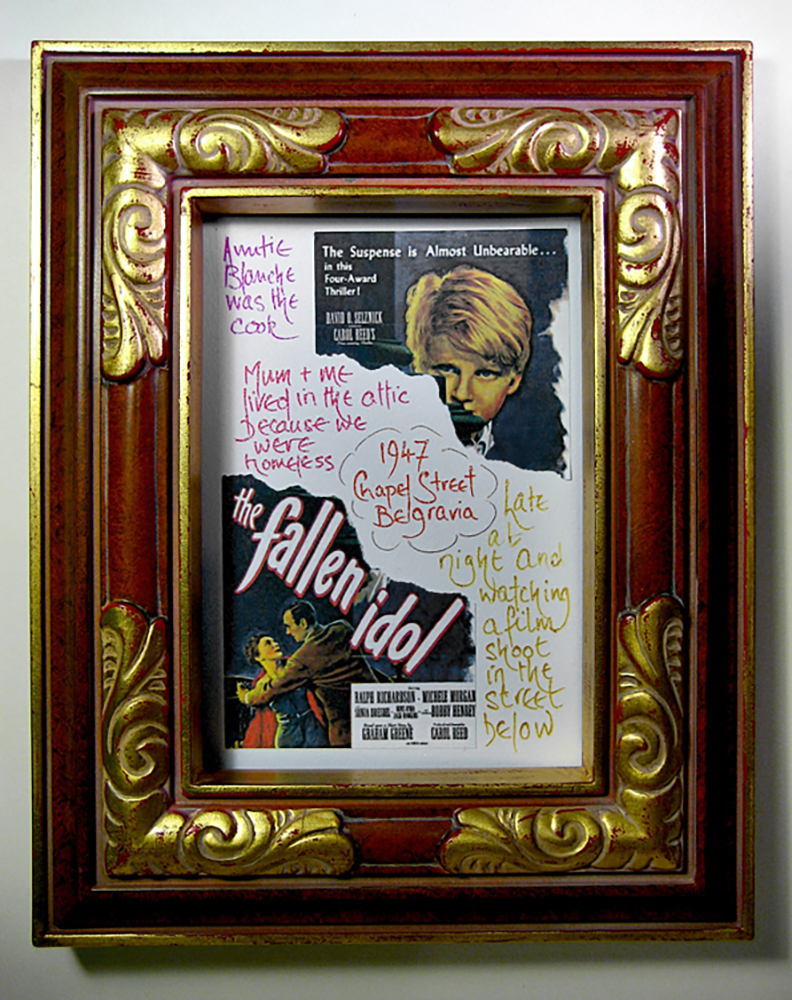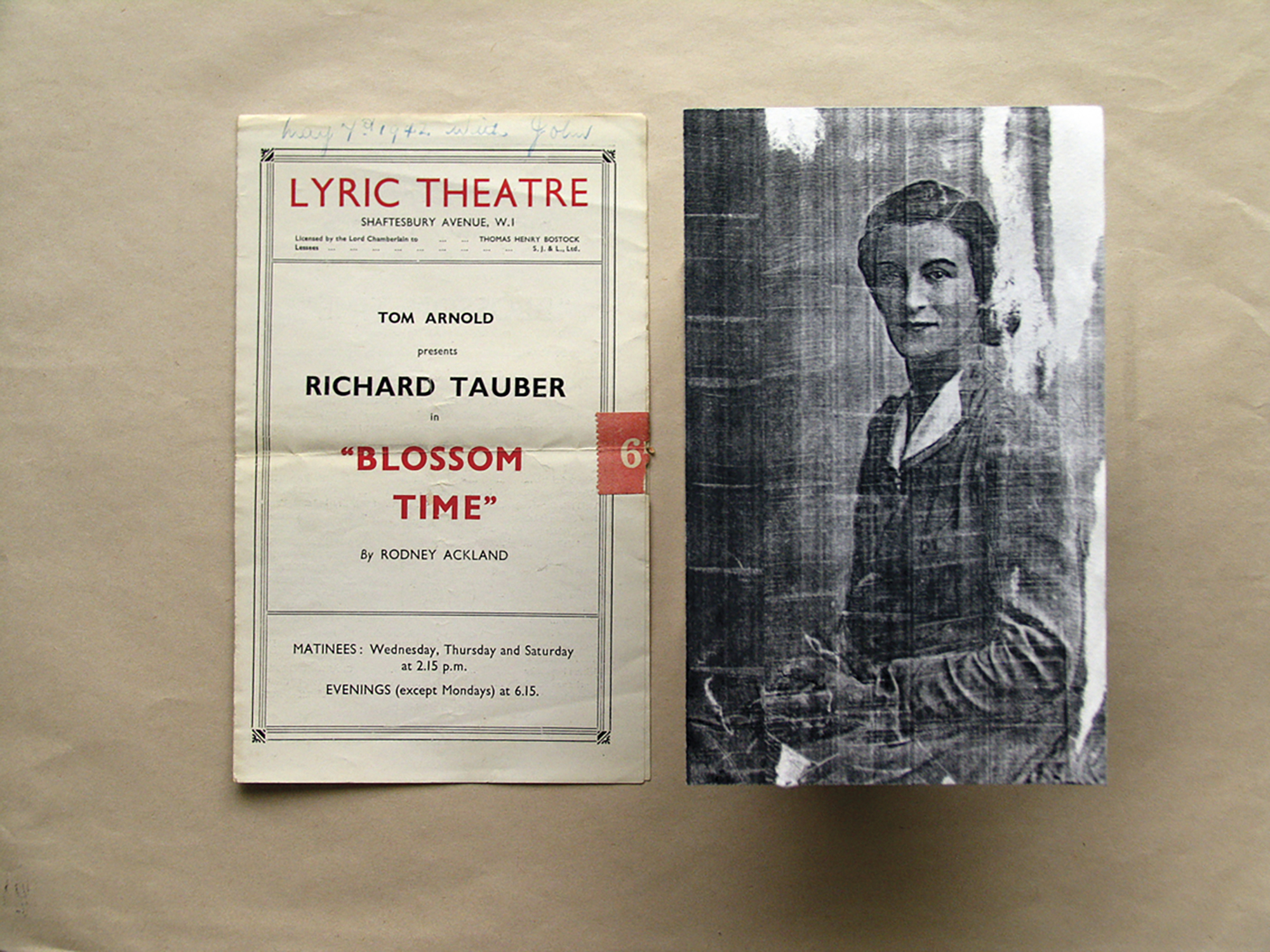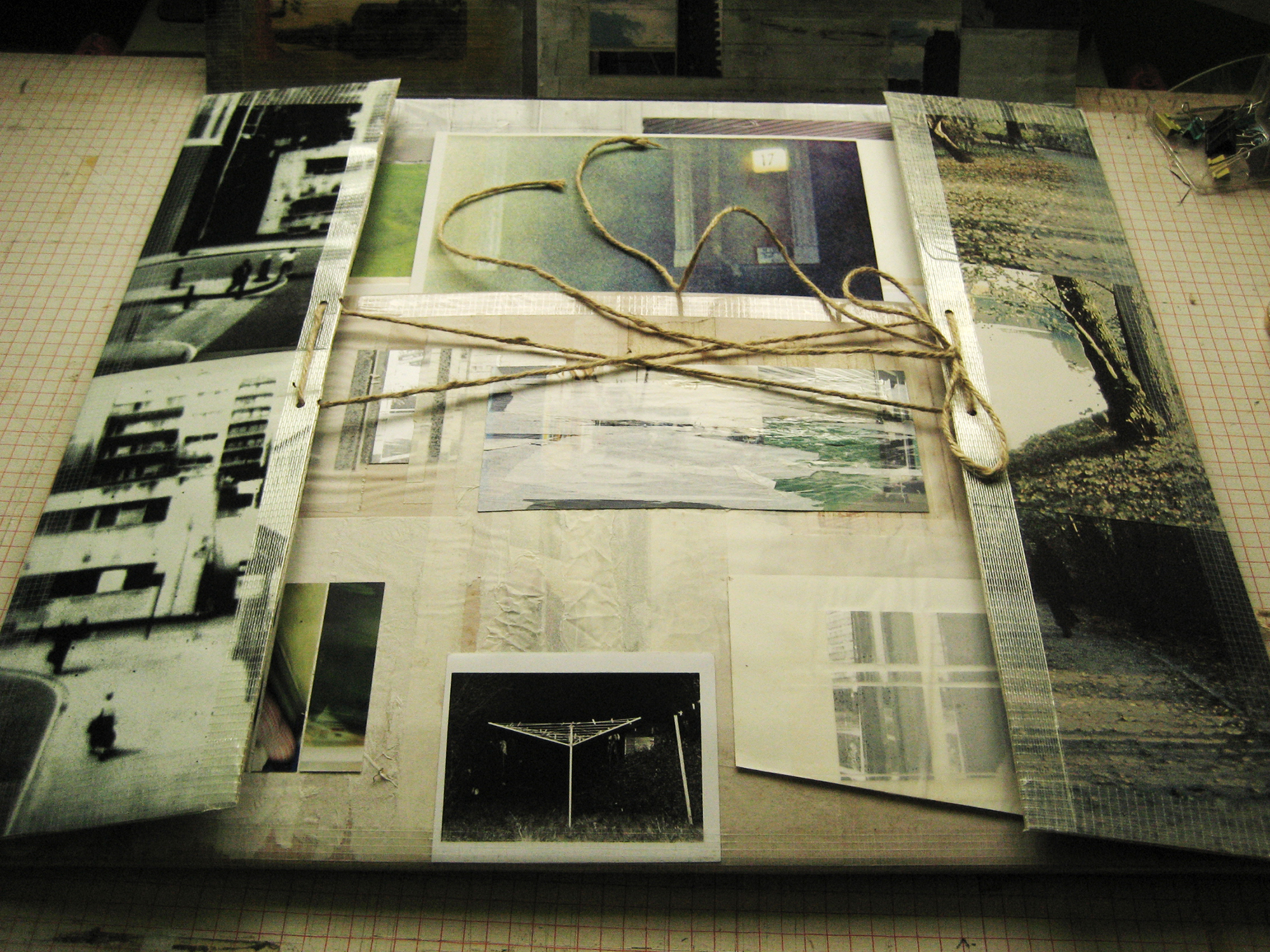Remembering John Levett
by Anita Strasser
20 May 2022

CUCR Visiting Research Fellow John Levett passed away on 25 April 2022, aged 77, having suffered from severe Alzheimer’s for some years.
John was the founder and long-term convenor of Crossing Lines (CL), a collaboration between London Independent Photography (LIP) and CUCR. CL focuses on urban photography, attracting many LIP members and students from the Goldsmiths MA Photography and Urban Cultures (PUC) thought up and convened by Paul Halliday. The critical discussions on urban issues and photographic practices in these group meetings massively shaped my and others’ ideas on urban photography. We all valued John’s mentorship, his support and criticisms. He enabled, supported and participated in many projects, leading to further collaborations, exhibitions and projects. He connected people in unique and creative ways and his legacy remains in many of us. As for my own trajectory, he inspired me to sign up for the MA PUC and later a PhD in Visual Sociology at Goldsmiths. He also invited me to join The Elephant’s Journey, a project initiated by Carla Duarte, an architect and urbanist from Lisbon. She had been on a Goldsmiths internship for 3 weeks with John as her mentor, and at the end, they began this collaboration. This project considered and proposed modes of art making and arenas of curation, to work within, what Carla described as, ‘A Possible Canvas’. Anything could be a canvas and we walked, talked and displayed our work in various spaces, critically discussing photographic and curatorial practices.

The Lisbon connection became a vital one and remains in place with CUCR today (more info here). In 2016, me and John flew to Lisbon for a symposium on Memory Place, Photography, which Carla and others had organised. John gave a presentation entitled: Memory, Photography & Place: Two Quotes & Ten Rambles. The auditorium felt tense with people leaning forward, eyes and ears fixed on John as he talked about his work in a loud and focused voice, which lingered in the space for the rest of the conference, as did his ideas. He talked about his work Retrospeculations: reconstructing a past to come. When I was doing my MA, I had the great privilege to study this work. I conducted in-depth interviews with him (2014), studied his personal notes (2003; 2013) and physical archive of artifacts and wrote 2 essays which he read and approved.
Retrospeculations was concerned with the making of a personal archive of imagined memories. Being born an illegitimate child during WWII, John narrated how him and his mother experienced homelessness, constant relocation, and were forced to make choices that would otherwise not have been made. He once referred to this earlier life as ‘a paradigm for missed opportunities’. John reflected upon his life and wondered what could have been, what alternatives might have opened up had his social position been different. His photographic journey into a past that never occurred was triggered by photographs of his mother and his younger self. These few photographs were the only items that remained after he had destroyed most of his personal possessions during a period of alcoholism, a period he spoke about openly.
John began his archive with these remaining images and the myths created around his childhood. As he couldn’t discern any ‘truth’ from the visible, he began to investigate the invisible, the masked, the concealed. John wanted to deal with his new present and simultaneously be in control of his future by looking beyond the photo frame and working through memory traces and refashioning his life and himself. He wanted to pursue a course of life-making in which the making was central, the making of a new person as well as the making of a physical object. Walking was essential to his image-making process. It was only through walking that he could think and create. He revisited the thoroughfares of his childhood and later years to walk the streets he had not walked, to take turns he had not taken, and to photograph places he had not photographed, to construct new memories and to refashion a life into what might have been. In dilapidated post-war housing estates he recognised remembrances from his earlier years of unfortunate events. He photographed them. However, John was always clear that his archive is not about the images per se but about the making of them, the working through his memory and their manipulation through clipping, scratching and pasting. He was interested in the (re)creation of memory and history to refashion his life and himself, ‘to make a new life out of a physical act of artistic endeavour’ and ‘to make a new history of self’ (Levett, 2013).

With the process of ‘making’ being finished, John continued to reflect on central aspects of his life and embarked on a process of the ‘made’ in order to work with made materials that still represented difficulties in his personal history. Two pieces were of particular importance as they allowed him to create a new relationship with his past and the people who populated it. Frames and Photographing Memory helped him advance his inner dialogue through texts which evoked remembrances in him that no photograph could. By placing fragmented memories as text-images in typical family-snap-frames (Figure 5), John intended to create a familial impression while also questioning the value of family and memory.


After fashioning this ‘back-story that was as creative as [his] mother’s’ (Levett, 2008, p. 9) he began reconstructing his past by snapping the remaining photos of his mother, colouring, painting, joining and reconfiguring them (Figure 6) to further invent memories and people that should have been there. Where he expected to gain insights into his family history, more questions emerged on the surfaces of those images, and so he created ‘a more appropriate opacity to accompany [his] freshly scripted guesswork’ (Levett, 2008, p. 10). Through further manipulation of collage and montage, hiding and distortion, scaffolding and construction, metaphors for his life, he ‘took the image off the surface and made it an artefact — the artefact that could ‘stand-in’ for loss’ (Levett, 2015), presumably the loss of his mother.



Being diagnosed with Alzheimer’s in 2018, it is ironic that most of John’s work focused on memory. After his diagnosis, we together planned to create a visual archive of his life and work that could act as visual triggers to counteract the advancing illness. We never got round to it. His Alzheimer’s was progressing too fast. Now it is time for us to remember John, an amazing artist, mentor and friend.
References:
Levett. J. (2003). John’s unpublished notes.
Levett, J. (2008) ‘Still Portrait’ in London Independent Photography 11, p. 8-10.
Levett, J. (2009) ‘Photographing Memory’ in London Independent Photography 14, p. 12-13.
Levett, J. (2013). Retrospeculations: reconstructing a past to come. [John’s personal lecture notes].
Levett, J. (2014). In private correspondence and personal interview with John.
Levett, J. (2015) ‘Member Profile’ in The Visual Urbanist: International Association of Visual Urbanists Newsletter [Online]. Not available anymore.
John Levett was a Visiting Research Fellow at CUCR and convenor of The Crossing Lines Group. He passed away in April 2022. Read a blog by John.
Anita Strasser is a PhD candidate in Visual Sociology at Goldsmiths, University of London.
︎ Images by John Levett.
| Permission
for use of images kindly granted by John Levett. |

